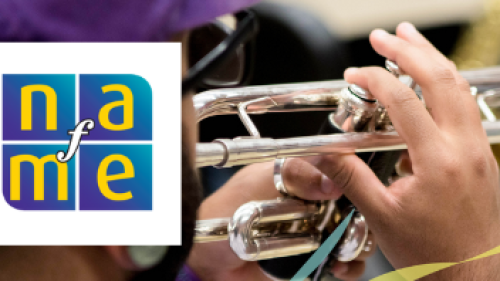Natural disasters like hurricanes, wildfires, and earthquakes can devastate communities, but Geographic Information Science (GISc) plays a critical role in preparing for, responding to, and recovering from these events. By leveraging spatial data and advanced technology, GIS professionals provide actionable insights that save lives, protect property, and guide recovery efforts.
Through Kent State University’s 100% online Master of Geographic Information Science program, students gain the skills to make a tangible impact in this crucial field. Let’s explore how GIS is transforming disaster response and how this program equips you to contribute to this vital work.
Preparing for Disasters with GIS
Effective disaster response starts long before an event occurs. GIS technology helps agencies analyze historical data, identify at-risk areas, and develop strategies to minimize harm. For example:
- Risk Mapping: GIS software pinpoints regions vulnerable to floods, wildfires, or hurricanes.
- Evacuation Planning: Geospatial analysis helps design safe evacuation routes.
- Resource Allocation: GIS ensures that emergency supplies and personnel are positioned strategically.
With this predictive power, GIS professionals play an essential role in reducing disaster impacts and protecting vulnerable populations.
Real-Time Disaster Response
During a disaster, time is of the essence. GIS professionals provide real-time data that emergency teams use to make informed decisions, such as:
- Tracking Events: GIS tools monitor the progression of disasters like wildfires or hurricanes.
- Coordinating Efforts: Spatial data helps responders allocate resources efficiently and avoid bottlenecks.
- Locating Survivors: Geospatial technology aids in search-and-rescue operations, identifying areas where survivors may be trapped.
This ability to provide actionable insights under pressure demonstrates the life-saving potential of GIS.
Supporting Recovery Efforts
The role of GIS doesn’t end when a disaster subsides. In the recovery phase, GIS professionals help rebuild communities by:
- Assessing Damage: Aerial imagery and spatial data quantify destruction and prioritize rebuilding efforts.
- Restoring Infrastructure: GIS aids in repairing roads, utilities, and other critical systems.
- Planning for the Future: Insights gained from disaster data inform policies and strategies to prevent future devastation.
How Kent State Prepares You for GIS in Disaster Response
Kent State University’s online Master of Geographic Information Science program equips students with the technical and analytical skills needed to excel in roles that impact disaster management. Here’s how:
- Hands-On Learning: Engage in projects that simulate real-world disaster scenarios.
- Advanced Tools: Master software like ArcGIS and QGIS to analyze and present spatial data.
- Practical Applications: Apply your skills to capstone projects that address real-world challenges.
- Expert Faculty: Learn from experienced professionals who bring a wealth of knowledge in disaster response and GIS.
A Career That Makes a Difference
With the increasing frequency of natural disasters, GIS professionals are in high demand. Careers in disaster response include roles in government agencies, nonprofit organizations, and private firms. By earning your online Master of Geographic Information Science from Kent State, you’ll be prepared to step into a rewarding career that combines cutting-edge technology with meaningful impact.
Start Making an Impact Today
Are you ready to use GIS to make a difference in disaster response and recovery? Learn more about Kent State’s online Master of Geographic Information Science program at Kent State Online and take the first step toward a career in GIS.






